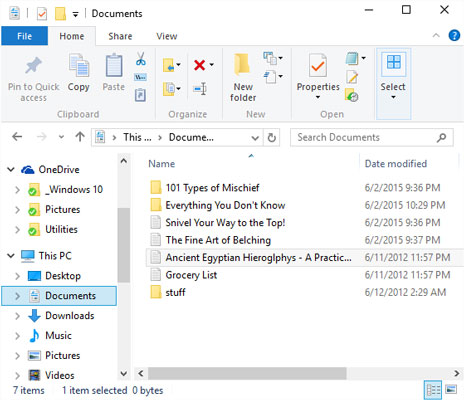
(add-hook 'window-setup-hook 'initialize-nlinum) ( defun initialize-nlinum ( &optional frame) The lastest Nlinum-mode git version(1.6) not worked with emacs deamon mode, use emacsclient to open a file, will result a “ ERROR: Invalid face: linum” error, following hack worked for me on emacs-version 24.5.1. Note: a previous version set nlinum-width and then called nlinum-flush, but that can cause problems in nlinum’s timers, see. (add-hook 'nlinum-mode-hook #'my-nlinum-mode-hook) To precalculate the line number width to avoid horizontal jumps on scrolling: Preset ` nlinum-format' for minimum width. It should usually be about as fast or faster than linum.el. The nlinum.el library, available from GNU ELPA ( ) is meant as a replacement for linum.el, using the jit-lock infrastructure to fix various corner case bugs in linum.el. Jerr圜hen had a line-numbers-mode on Geocities. Or use count-lines-page ( C-x l) that reports the total number of lines as well as the numbers of lines before and after the current one. If you just want to know the current line number that the TextCursor is on, you can use the M-x what-line command (which is usually not on a key). If you just want the current line number in your modeline (and it isn’t there already), use LineNumberMode by running the M-x line-number-mode command.

(member major-mode display-line-numbers-exempt-modes)) "Turn on line numbers except for certain major modes.Įxempt major modes are defined in ` display-line-numbers-exempt-modes'." "Major modes on which to disable line numbers." :group 'display-line-numbers

'(vterm-mode eshell-mode shell-mode term-mode ansi-term-mode) ( defcustom display-line-numbers-exempt-modes To disable this in certain major modes you can redefine display-line-numbers-turn-on: ( require ' display-line-numbers) emacs file: ( when (version<= "26.0.50" emacs-version ) You can enable it globally by appending this to your. The solution is simple: disable `linum-mode` or any linum-mode alternative when file is too big. It could slow down emacs when viewing file with more than tens of thousands of lines. The Easy Wayĭisplay-line-numbers-mode is available since Emacs 26.įor older Emacs, use M-x linum-mode. NumberLines will add the line numbers to the buffer content.
#Horizontal scroll bar aquamacs code#
See Also: The code on this page just displays line numbers without actually changing the buffer content. If you just want to work on a specific part of the file and you are accustomed to doing that by showing line numbers in the margin, try BasicNarrowing instead. For any other use, where a specific backend is necessary, you can also set the default to any other backend of choice.This page is about displaying line numbers in a buffer, or otherwise indicating line numbers, without actually changing the buffer content. All the plot window troubles in P圜harm will be solved as far as the mayavi 3D visualization package is concerned. Just change the backend from : #backend: AggĪnd that's it. Once the location of the 'matplotlibrc' file is known, open it and simply uncomment one line inside this file. Please look into the following link if there's any deprecation issue with the above commands :


The location of this 'matplotlibrc' can be found using the following commands : import matplotlib In a particular conda environment, if matplotlib package is installed, then there will be a 'matplotlibrc' file stored somewhere that defines what the default backend will be whenever matplotlib is imported from that conda environment. Owing to suggestion, I shall now explicitly mention the fix below so that others can also benefit from it. Thanks to comment, I was able to solve the issue. Is there anything obvious that I'm overlooking ? Can you please let me know of a way to change the default backend for matplotlib from QtAgg to Qt5Agg after PyQt5 installation using pip ?
#Horizontal scroll bar aquamacs Pc#
As I had mentioned earlier, I already have mayavi installed and have used it successfully it in Pycharm in a different PC and there the default backend is 'Qt5Agg' and hence there is no need to change the backend explicitly. I have been able to get rid of this issue by explicitly using Qt5Agg instead of QtAgg before the plt call : import matplotlibīut I would prefer a better way than using the above in every script that I write. Here I get a non-responsive empty window (image below) : I always check the backend using the following commands from the python console : import matplotlibĮven with the backend being 'QtAgg', I am able to use mayavi from the terminal without any issue but not when I do so in Pycharm. This is a bit weird because in an earlier installation in a different PC the default changed directly to Qt5Agg. The default backend then changes from TkAgg to QtAgg. I have installed PyQt5 and mayavi using pip in a separate copied conda environment. Qt5Agg is necessary to use the mayavi 3D visualization package.


 0 kommentar(er)
0 kommentar(er)
